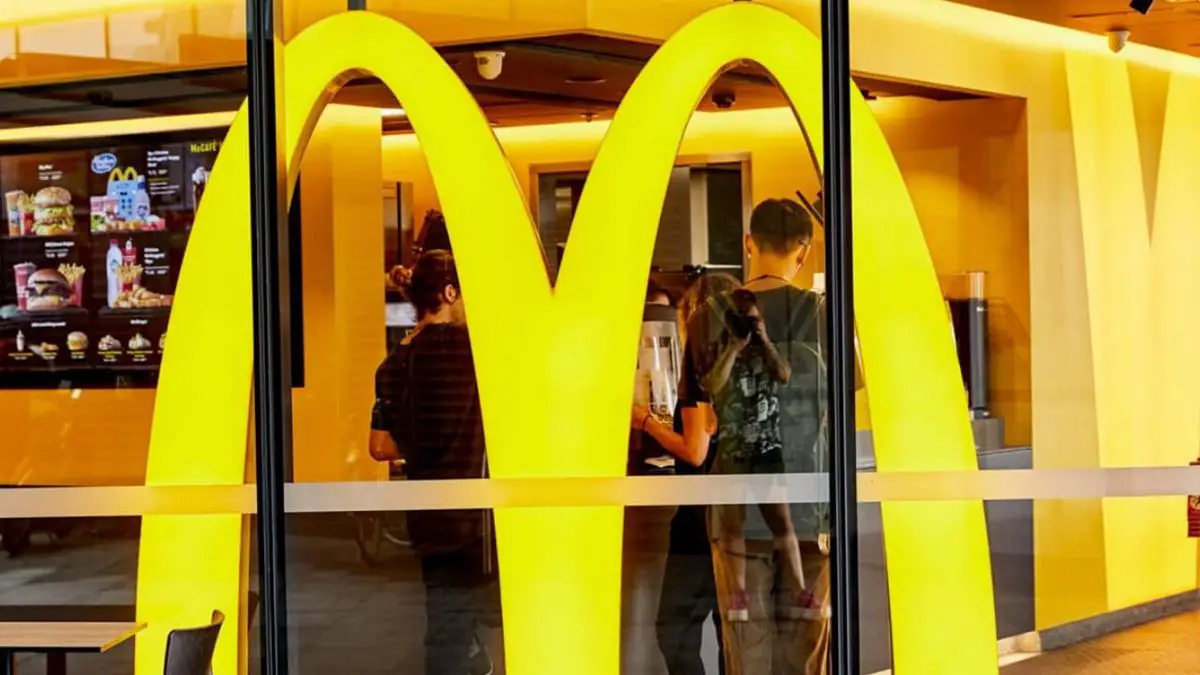McDonald’s is the world’s most famous brand and also has 33% of adults under 35 years old who are more attracted to brands with sound identities.
When we talk about a brand, we don’t just think about its logo, its colors, its tone, or its slogan. A brand is also its sound. McDonald’s, Netflix, Mastercard, Disney, or Coca-Cola are some of the most recognized examples worldwide in terms of sound identity.
33% of adults under 35 years old are more attracted to brands with sound identity
But how does this influence purchase intent? A survey conducted by DLMDD, together with YouGov, shows the commitment of British young people and adults to brands that have a sound identity in their DNA.
Through a survey of more than 2,000 British adults, the agency specializing in audio branding points out that 33% of under-35s are more attracted to brands with a sonic identity than those without. However, the percentage drops to 20% in adults of all ages.
Coca-Cola is the second most recognized brand with a sonorous identity.
The DLMDD and YouGov study also identifies how brand sound identity affects the purchasing decisions of consumers surveyed, noting that only 18% of adults under 35 are more inclined to buy a product from a brand with a sound identity than without.

As for the most recognizable brands, 44% of British adults rank McDonald’s at the top thanks to the unmistakable whistle that accompanies the “I’m Lovin’ It” claim. It is followed by Coca-Cola’s bottle opening and fizz (33%) just one percentage point behind streaming platform Netflix’s “Ta-dum” (32%).
The research also shows that 32% of adults surveyed do not associate any brand with a sonic identity. However, this presents a clear opportunity: if brands can develop a compelling sonic identity, they have the potential to stand out against competitors who lack one.
And as Millennials and Generation Z consume a more diverse range of media, brands can “deploy more sensory and interactive marketing tools, including music and sound,” notes Max De Lucia, Co-Founder of DLMDD. He adds that “now is the time for brands to make the sound a central ingredient of their architecture.”
According to the conclusions drawn from the study by the consulting firm Warc, the importance of sound identity in brands is likely to increase as smart speakers become more popular, as is the case with the different audio formats (podcasts) that are gaining relevance in the aftermath of the pandemic.





